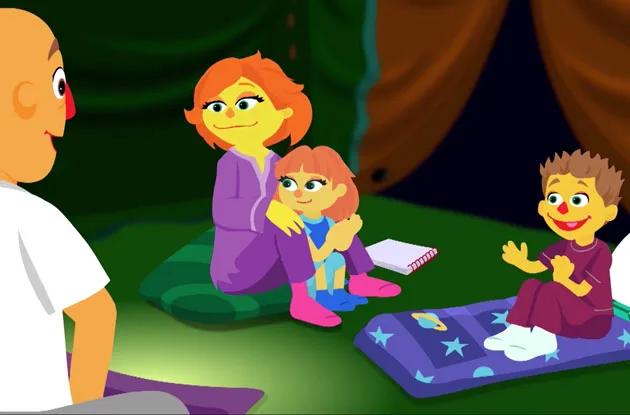According to a new biennial report from the Centers for Disease Control and Prevention, autism diagnoses appear to be at an all-time high. Based on an analysis of 2014 medical records, 1 in 59 American children had a diagnosis of autism spectrum disorder (ASD) by age 8, a 15 percent increase since 2012.
However, reports also produced higher numbers in individual states where researchers had better access to education records. For example, New Jersey saw the highest increase at 20 percent, or 1 in 34 children when the estimates in Arkansas were only 1 in 77.
The new statistics may be reflecting an undercount of Autism presence, said Thomas Frazier II, PhD, Chief Science Officer of Autism Speaks, according to a press release.
“[These statistics] suggest that the new national prevalence estimate of 1 in 59 still reflects a significant undercount of the true prevalence of autism spectrum disorder among our children,” Dr. Frazier said, according to a press release. “And without more and better research, we can’t know how much higher it really is.”
Other findings in the CDC report include that the gender gap in autism has significantly decreased. In 2012, boys were 4.5 times more frequently diagnosed than girls, whereas in 2014, statistics were reduced to 4 times more likely. While diagnoses between ethnic groups has decreased between white and African-American children, white children were still more likely to be diagnosed in 2014 than 2012. These findings seem to reflect increased awareness, screening, and identification in girls and minorities, according to the CDC.
“It’s encouraging to see evidence of improved identification of autism in girls and minority groups,” Dr. Frazier says. “We must continue to narrow this gap while greatly speeding up the time from first concerns about a child’s development to screening, diagnosis, and intervention.”
The CDC report saw no decrease in age of diagnosis. In 2014, most children were still being diagnosed after age 4, despite arguments that autism can be identified as early as two years of age.
“If most children aren’t being diagnosed until after age 4, we’re losing months, if not years of intervention that can deliver benefits throughout their lives,” says Dr. Frazier.





















